
Technology Devices
State-of-the-Art Medical Services
Allied Services Integrated Health System facilities are equipped with state-of-the-art technology in order to provide our patients with optimal care services. You can learn more about the various devices we use from the list below.
Aretech ZeroG

The ZeroG technology will allow a therapist to collect and monitor data on progress, demonstrating real life results. The ZeroG systems work by providing dynamic support to a patient, while the patient is wearing a fitted harness. The patient can move in multiple directions, without interference from the ZeroG system. Should a patient lose their balance, the ZeroG system responds by providing more support to the patient through the harness, or by locking out and fully supporting the patient.
Baltimore
Therapeutic Equipment (BTE)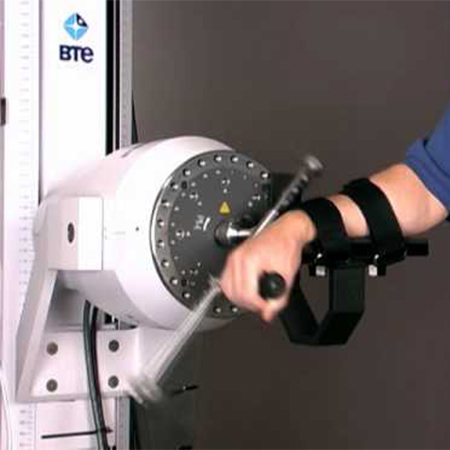

The BTE computerized work simulator machine that duplicates hundreds of real world job functions in a clinical setting in order to measure a patient’s loss of function and progress toward rehabilitation. By simulating activities patients perform at work and at home, therapists can determine with precision accuracy a patient’s strength, endurance, power, and range of motion in performing specific tasks, and can devise a therapy program to improve their ability to perform those tasks.
Bariatric Bed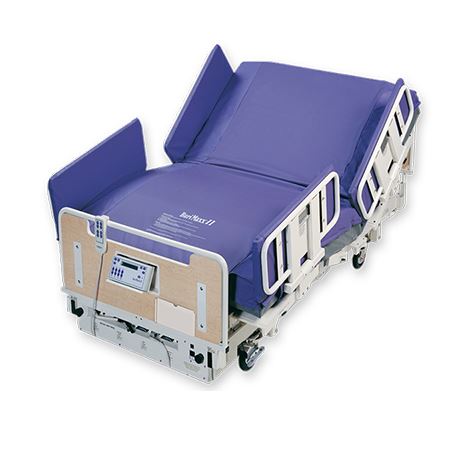

The Bariatric Bed is a specialized bed that delivers innovative support to help mobilize patients of size without compromising their dignity. Protecting patients and caregivers through a pressure redistribution air surface that automatically adjusts to the patient’s weight, body type, movement and bed position to help treat and prevent pressure ulcers. Integrated advanced Microclimate® technology helps reduce accumulation of heat and moisture at the surface, keeping patient’s skin cool and dry. Additional features like “turn assist” and “bed exit” helps make it easier to perform linen changes, wound checks, and help support fall prevention protocols.
Biodex
Multi-Joint System

Several of our facilities are equipped with a Biodex Multi-Joint System for neuromuscular testing and rehabilitation. The Biodex’s isokinetic assessments of physical injuries and post-operative impairment have been shown to greatly expedite return to function. Isokinetic testing gives physicians and therapists valuable information about strength deficits and muscular imbalances that may indicate impending further injury at a specific joint. Information gleaned from the test provides our team with baseline objective data to compare against follow-up testing after completion of a rehabilitation program.
The Bioness Integrated Therapy System (BITS®)

The Bioness Integrated Therapy System (BITS®) is intended to evaluate and improve abilities in individuals with disabilities resulting from traumatic injuries and movement disorders as well as improve performance in competitive athletes. BITS is a multi-disciplinary therapy solution designed to motivate patients and improve clinician efficiency. BITS’ interactive touchscreen and diverse program options challenge patients to improve performance through the use of visual motor activities, visual and auditory processing, cognitive skills and endurance training. Standardized assessments and progress reports make documenting outcomes quick and easy.
Cybex Body ARC Trainer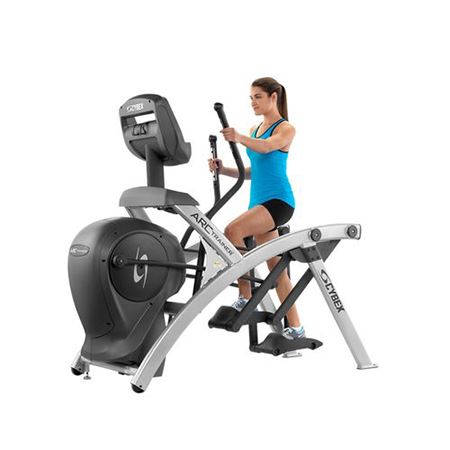

The Cybex Body ARC Trainer is a unique piece of equipment utilized by pediatric patients to increase lower body strength and power. On the Arc Trainer, the legs travel in a biomechanically correct path of motion decreasing joint pain and discomfort. With less pain, patients can improve their overall fitness and ability. This equipment is utilized by pediatric patients at Allied Services Wilkes-Barre Rehab Hospital.
Dynavision™

Originally designed as a device to improve the visuomotor skills of athletes, the Dynavision™ Light Training Board has been adapted to provide the same training benefits to persons whose visual and motor function has been compromised by injury or disease. For persons with visual and visuomotor impairment the apparatus is used to train compensatory search strategies, improve oculomotor skills such as localization, fixation, gaze shift, and tracking, increase peripheral visual awareness, visual attention and anticipation, and improve eye-hand coordination and visuomotor reaction time.
DynaVox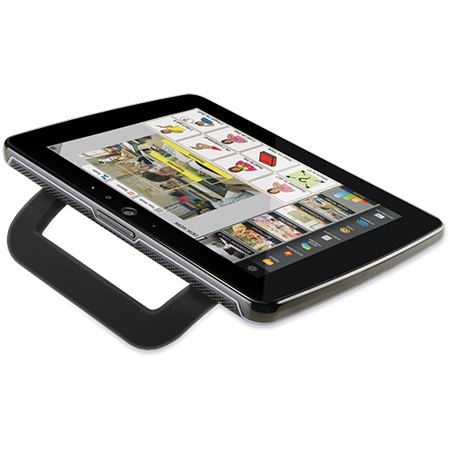

With a powerful InterAACt™ language framework, individuals using Dyna Vox can successfully communicate in everyday activities. This framework provides the most complete language system available on augmentative and alternative communication (AAC) devices today and ensures that all individuals have the right words for the right situation, regardless of their age or language ability.
Used in speech therapy for pediatric and adult patients with speech impairments, the comprehensive, research based technology supports everyday communication as well as language and literacy development. It uses the strategy that works best for the patient; whether it is using symbols, letters, photos, or a combination of everything.
Experia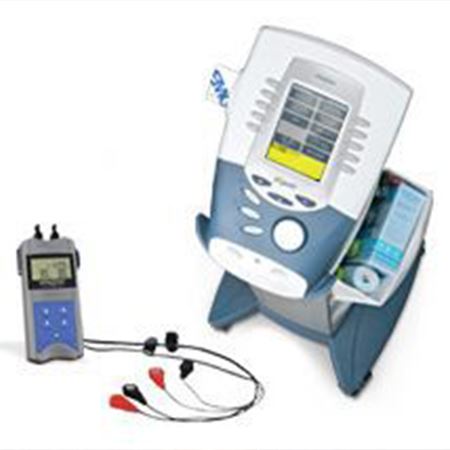

Experia works with VitalStim Therapy to help patients learn to swallow again. The highly customizable treatment provides visual and auditory biofeedback during swallowing for objective measurement of effortful swallows. Experia establishes a baseline measurement of muscle activity, setting treatment targets. During therapy, electrical stimulation to the target muscle group is activated by the patient’s effort, creating a powerful reward-based biofeedback loop.
FES RT-300 Leg Cycle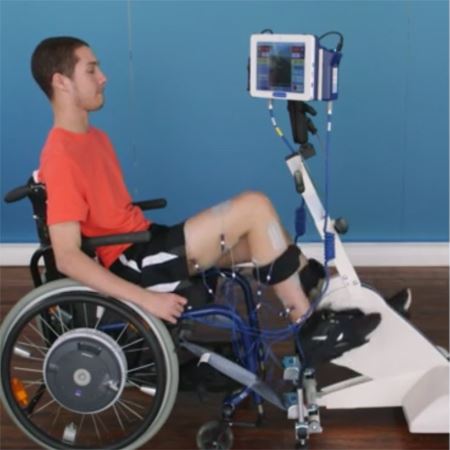

Funded by the Christopher Reeve Foundation, the FES RT 300 Leg Cycle combines some of today’s most advanced technologies in treating neurological damage and restoring motor functions to formerly paralyzed muscles. It delivers electrical currents which stimulate the leg muscles in order to provide the patient with regular patterned activity. The FES RT 300 Leg Cycle allows patients with spinal cord injury to rebuild significant muscle mass and bone density while also improving cardiovascular functioning. This technology has even gone as far as restoring mobility in some cases of injury.
he Hand Mentor

The Hand Mentor is among the growing list of neurorehabilitation technologies available to assist individuals with neurological disorders reach their maximum functional recovery. The Hand Mentor provides robotic assisted therapy for patients with loss of function of the wrist and hand who are recovering from a stroke or brain injury. The Hand Mentor helps restore range of motion and strengthen muscles, reduce muscle tightness and reduce muscle tone. The patient performs task-oriented activities through use of a computer program that provides visual biofeedback to the patient helping enhance performance.
Indego Exoskeleton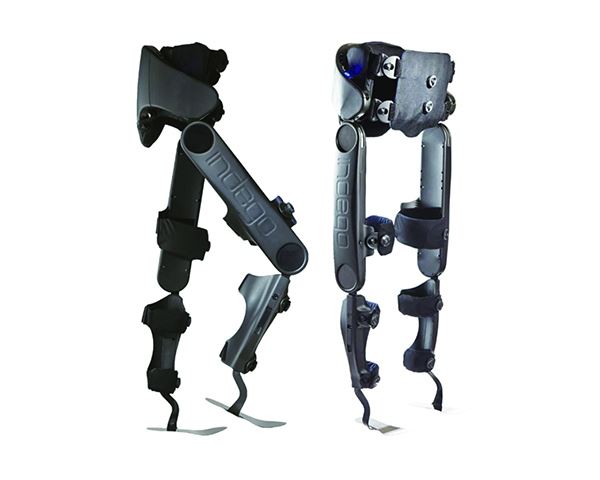

Indego Therapy is a lower-limb powered exoskeleton that enables therapists to deliver task-specific, over-ground and individualized gait training. Sophisticated motors in the hip and knee joints, combined with advanced sensors and an intuitive software system empower patients to stand and walk over a variety of indoor and outdoor surfaces. Research shows that task-specific, over-ground gait therapy leads to better results than harness-based or treadmill-based therapies. Indego® Therapy enables individualized gait therapy for patients with lower extremity weakness or paralysis (such as complete/incomplete spinal cord injury and stroke). Indego’s lightweight, modular, and quick-adjust design allows clinicians to offer intensive gait therapy, custom-tailored to patients across the entire continuum of care – from inpatient facilities to in-home sessions and everything in between.
Interactive
Metronome

Incorporates state-of-the-art technology that radically benefits patients with neurological disorders affecting motor skills and information processing. The incorporation of visual and auditory components enables patients to execute daily tasks and activities with great ease while assisting in the development of rhythm and balance. Interactive Metronome involves putting the patient into a technological environment in which he or she listens to various tempos and simultaneously performs corresponding actions. This rehabilitation equipment proves to result in a dramatic improvement in brain development and coordination advancement.
IN2L - It's Never Too Late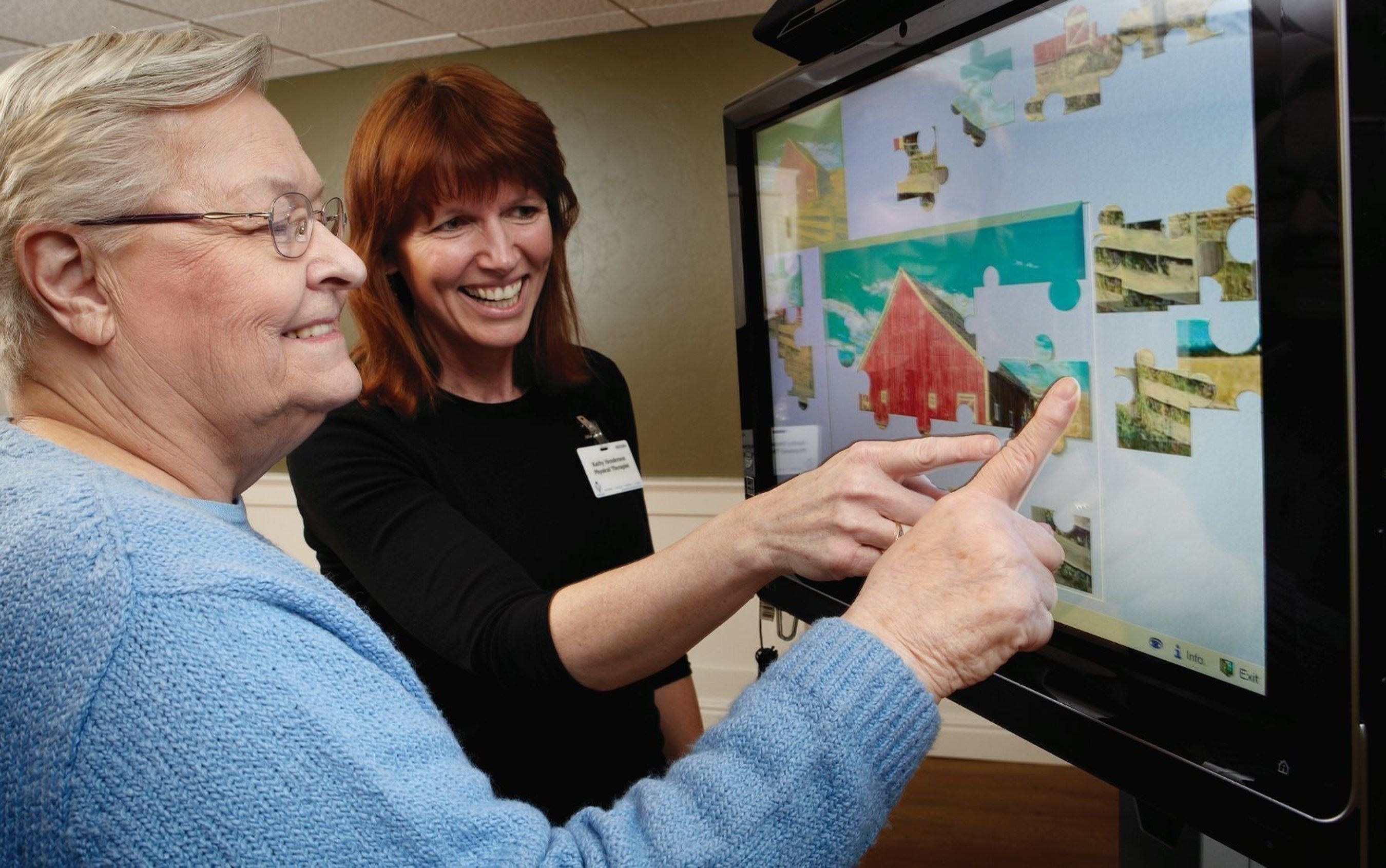

Personal devices loaded with the IN2L system offer memory care, therapy and activities suitable for seniors, including those with dementia. The system’s tools can help users stay connected and engaged. For example, the music component can help patients with alzheimer’s access forgotten memories, speech and movement. Other activities encourage patients to explore and problem-solve and recall personal experiences.
LiteGait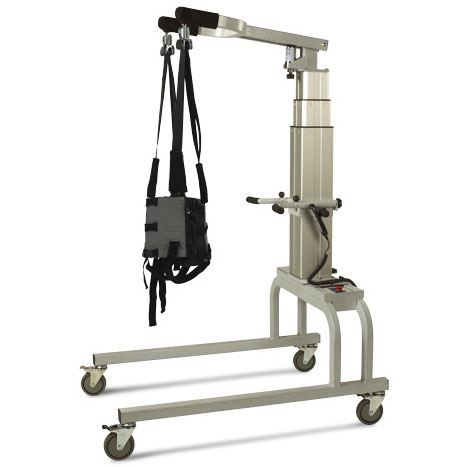

The LiteGait is a therapy device used to promote the generation of walking patterns by controlling weight bearing, balance, and posture during walking therapy. LiteGait is like a second set of hands, because it frees the therapist to observe gait patterns and make manual adjustments in limb placement, weight shift, walking symmetry, and gait training. Proper upright posture is maintained throughout the training session, which facilitates changes in posture, balance, specific muscle strength, and overall gait patterns. The LiteGait can be used over ground or with a treadmill.
The Ness H200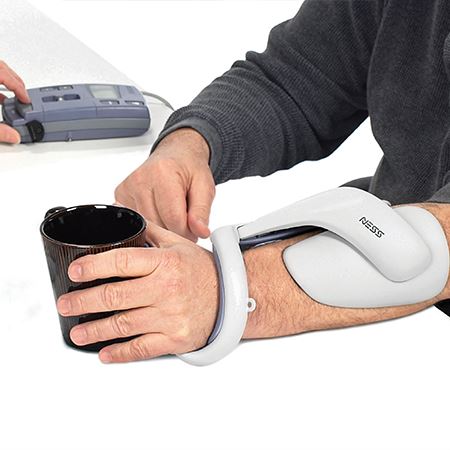

The H200 a Functional Electrical Stimulation technology that can dramatically assist patients with neurological disorders affecting the function of the arm and hand, including stroke, traumatic brain injury, C5-C6 spinal cord injury and cerebral palsy. The H200 is a custom fit non-invasive device, worn on the forearm and hand that enables patients to perform every day activities that were previously impossible. The NESS H200 can help the hand open and close, reduce stiffness, increase range of motion and strength, improve circulation and assist in regaining awareness of an impaired limb.
The Ness L300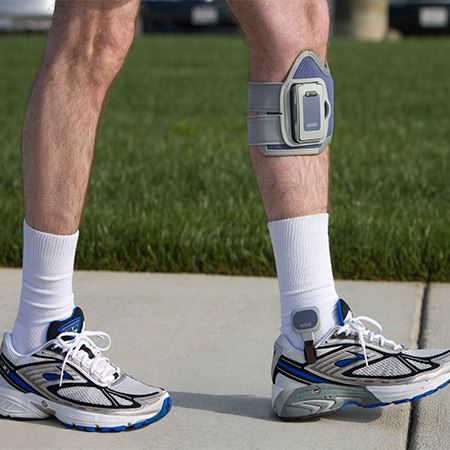

The L300 is a Functional Electrical Stimulation system designed to improve lower leg and ankle/foot weakness due to the effects of stroke, traumatic brain injury, cerebral palsy, and multiple sclerosis. In addition to facilitating a more fluid gait, the Ness L300 may also stimulate muscle re-education, prevent atrophy, maintain or increase joint range of motion and increase blood flow. The Ness L300 delivers stimulation to the nerves of the affected muscles. The device is worn on the lower leg to improve walking without the bulk of plastic braces and also strengthen muscles and reduce spasticity.
The Neurocom Equitest

The Neurocom EquiTest at Allied Services is considered the “gold standard” system for the diagnosis and treatment of balance disorders. The results are used to identify the most effective treatments to restore balance and stability, not just for patients with chronic or age-related balance problems, but also for those who are recovering from a stroke or brain injury, or managing MS or Parkinson’s symptoms.
NeuroMove

A biofeedback system that teaches patients to relearn muscle movements lost due to stroke, spinal cord injury, or other neurological injury by teaching healthy parts of the brain to compensate for injured areas. It helps to gain lost movements in fingers, hand wrists, elbows and shoulders. NeuroMove has achieved success in approximately 90% of cases with patients both achieving and maintaining significant functional improvement. NeuroMove is cleared by the FDA specifically for Stroke Rehab and has been proven effective in many clinical studies.
PABLO – Multifunctional Rehabilitation Approach

The PABLO system is a modern assessment and therapy device and offers endless therapy-options for children and adults with impaired motor functions. It’s generally used for the neurological rehabilitation of distal upper extremity. The PABLO system supports upper and lower extremity as well as trunk and head applications.
Precision Flow Plus Deliver Hi-VNI® Technology Intuitively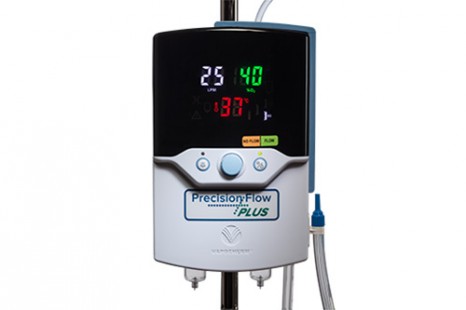

Control flow, oxygen, and temperature simply and precisely. Precision Flow Plus was designed with ease of use in mind. Control flow, oxygen, and temperature independently with the push of a single button.
PhysioTouch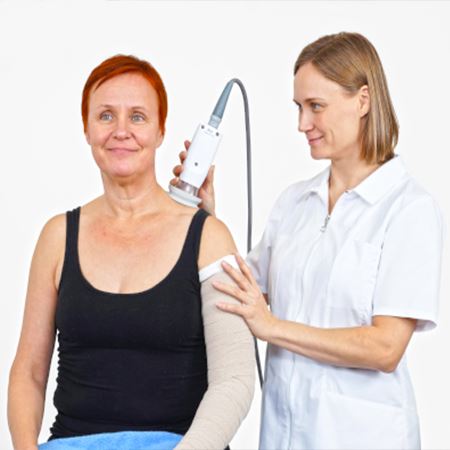

PhysioTouch is a therapeutic medical procedure. The main mechanism of action in PhysioTouch is based on the effects of negative pressure in tissue. Negative pressure created by the treatment device stretches the skin and the tissue underneath to dilate the lymph vessels. Vertical stretching of the fascial (connective tissue) structures is accomplished at the same time, expanding the space for circulation of blood and lymph. Lymph and the metabolic waste products that impede the healing process can then flow more easily into lymph vessels, and excess fluid is carried away by the body’s own lymph system. The treatment reduces swelling and pain and increases the range of motion in the joints.
ReoGo

The ReoGo is an innovative robotic device that is used to help patients who have suffered from strokes or other neurological injuries. Specifically designed to aid in the rehabilitation of upper extremities, the ReoGo combines patient-specific exercises, a customizable interface, and challenging yet functional games that facilitate movements to essentially retrain the brain. As a robotic-assisted device, the ReoGo provides up to ten times more repetitions per session than an average non-robotic treatment, thereby improving recovery and treatment outcomes.
SaeboFlex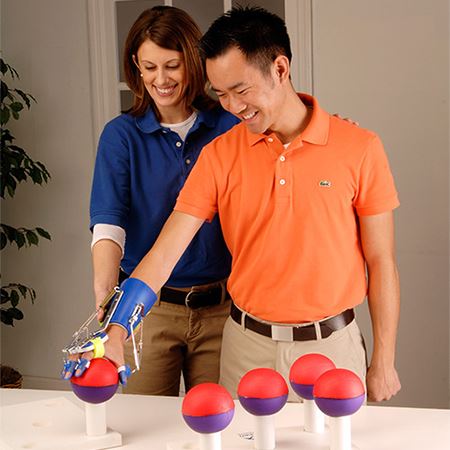

The SaeboFlex is a custom orthosis that allows patients the ability to incorporate the involved hand in functional reaching exercises in therapy and at home by supporting the weakened wrist, hand, and fingers. The brace attaches to the forearm, hand and fingers and assists with release during grasp activities.
Saebo MyoTrac Infiniti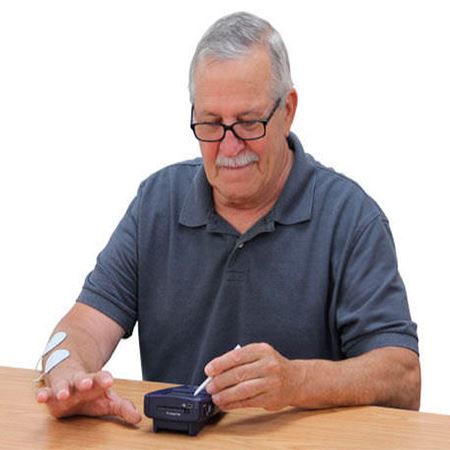

The Saebo MyoTrac Infiniti is a neuromuscular electronic stimulator designed specifically for pediatric patients with cerebral palsy and brachial plexus injury. Its comprehensive, portable, biofeedback electrical system triggers stimulation programs along a revolutionary foot drop technology. The biofeedback allows the clinician to analyze how much strength and control the patient has, without having the patient verbally express it. The technology helps children gain strength and awareness of muscles affected by neurological injury.
Somatix SafeBeingTM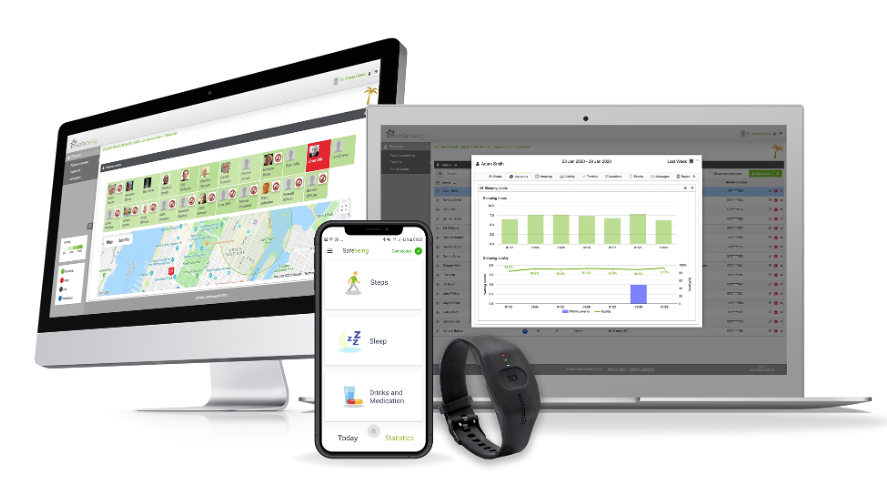

Somatix’s technology allows for passive monitoring of a patient’s
Activities of Daily Living. Users wear a smartwatch or smartband with
patented gesture detection technology to detect hand movements and report
on activities including walking, drinking, taking medication, sleeping,
falling, smoking, and
wandering. SafeBeing™ can detect and alert caregivers of dangers
posed to elderly individuals and the data collected can provide valuable
insights into a patient’s health for better-informed healthcare
decisions. The platform includes a caretaker app for caregivers and family
members to be alerted on the go.
The TRAN-SIT Car Transfer Simulator

Designed to provide a safe and convenient alternative to “parking lot” car transfer training sessions. This attractive and functional car transfer simulator is a valuable addition to any rehab program and its life-like appearance adds to the realism of car transfer training activities. It allows your patients to learn and practice car transfer skills in the year-round comfort and safety of a clinical setting.
Tyromotion
AMADEO

The AMADEO is the latest in a long row of clinically tried and tested robotic- and computer-assisted therapy devices for fingers and hands. The new design and the specially developed tyroS software make the AMADEO more flexible and offer an expanded spectrum of therapy options. Thus, the AMADEO is the most advanced robotic-assisted finger-hand therapy device world-wide. The AMADEO is suitable for all phases of finger-hand-rehabilitation. The AMADEO can be adapted to the needs of each individual patient. Small or big hands. All or single fingers. For neurological, orthopedic and pediatric applications. In cases of limited mobility of the fingers, specific exercises on the therapy device help improve motor- and sensory functions. The finger movements stimulate the brain and thus the neoformation of synapses.
Tyromotion
DIEGO

Diego relieves the therapist and the patient of the difficult motion guidance of the arms. Because of its overhead construction, DIEGO is easily accessible from all sides and thus offer space for a qualitative therapy of arm-and shoulder motor function. With DIEGO, you have room for motion, which is why the arm-shoulder rehabilitation device is particularly suited for task-oriented training with real objects. However, DIEGO doesn’t only offer more room for therapy but also more freedom. The intelligent gravity compensation (IGC) makes heavy arms lighter and allows physiological movement of the arms in all phases of rehabilitation. Therapy with DIEGO makes the rehabilitation process more varied, more motivating and more target-oriented. DIEGO, the intelligent arm-rehabilitation device for patients of all ages.
Videofluoroscopy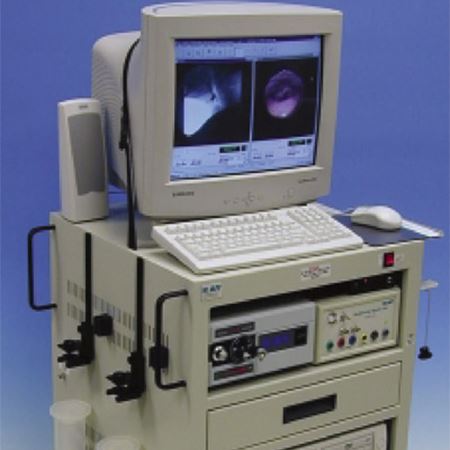

A special X-Ray test used in swallowing studies is accepted as the standard for detecting and evaluating swallowing abnormalities. This method not only allows estimation of risks of aspiration and respiratory complications but also helps in determining dietary and compensatory strategies.
VitalStim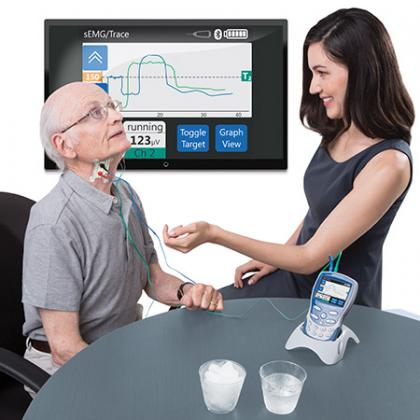

An adjunctive modality that combines electrical stimulation with traditional swallowing exercises, allowing therapists to accelerate strengthening, restore function, and help the brain remap the swallow. Research has demonstrated that combining these therapies results in better outcomes than using either one alone.
VTree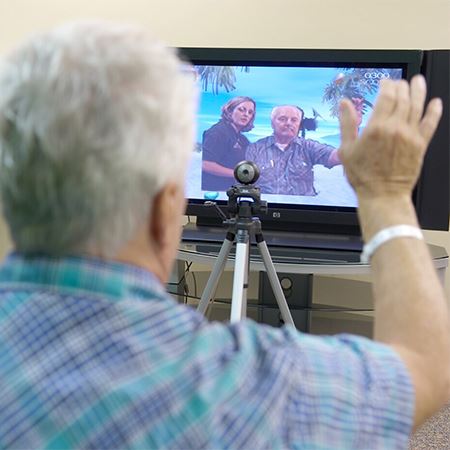

A virtual reality system that works with both the physically and developmentally challenged. Programming works to promote: education, range of motion, life skills, balance, eye-hand coordination, speech, visual tracking, social skills, and behavior. Virtual programs are designed for both pediatric and adult clients.
